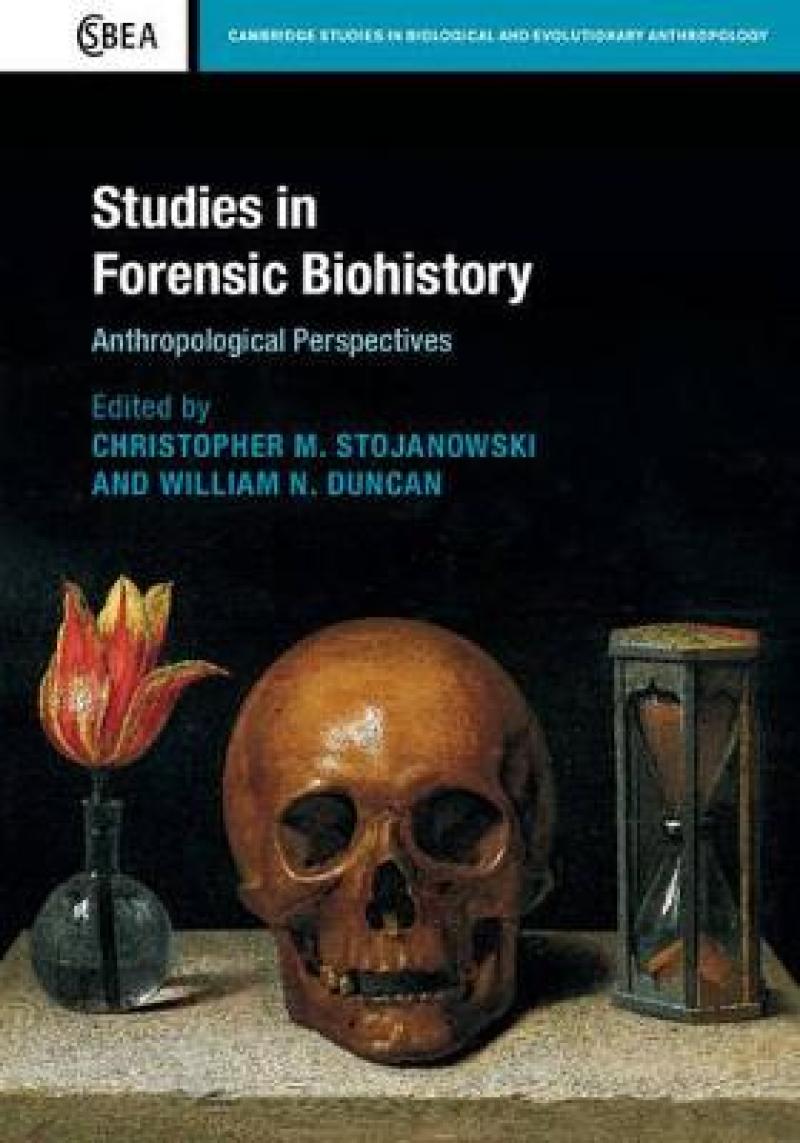The lives of kings, poets, authors, criminals and celebrities are a perpetual fascination in the media and popular culture, and for decades anthropologists and other scientists have participated in 'post-mortem dissections' of the lives of historical figures. In this field of biohistory, researchers have identified and analyzed these figures' bodies using technologies such as DNA fingerprinting, biochemical assays, and skeletal biology. This book brings together biohistorical case studies for the first time, and considers the role of the anthropologist in the writing of historical narratives surrounding the deceased. Contributors theorize biohistory with respect to the sociology of the body, examining the ethical implications of biohistorical work and the diversity of social theoretical perspectives that researchers' work may relate to. The volume defines scales of biohistorical engagement, providing readers with a critical sense of scale and the different paths to 'historical notoriety' that can emerge with respect to human remains.
Les mer
List of contributors; Acknowledgements; 1. Defining an anthropological biohistorical research agenda: the history, scale, and scope of an emerging discipline Christopher M. Stojanowski and William N. Duncan; 2. Autopsy of past leaders: what remains tell us about them? Philippe Charlier; 3. Game of thrones: Richard III and the creation of cultural heritage Richard Toon and Laurie Stone; 4. The search for Don Francisco de Paula Marin: servant, friend, and advisor to King Kamehameha I, Kingdom of Hawaii Michael Pietrusewsky, Michele Toomay Douglas, Rona M. Ikehara-Quebral and Conrad Mac Goodwin; 5. Unearthing Robert Kennicott: naturalist, explorer, Smithsonian scientist Karin S. Bruwelheide, Sandra S. Schlachtmeyer, Douglas W. Owsley, Vicki E. Simon, Arthur C. Aufderheide, Larry W. Cartmell and Stephan J. Swanson; 6. The influence of the law on the post-mortem narratives of unknown human remains Ryan M. Seidemann; 7. The biohistory of prehistory: mummies and the forensic creation of identity Kenneth C. Nystrom; 8. Talking heads and other specters of the Mountain Meadows Massacre Shannon A. Novak; 9. Facial reconstruction of famous historical figures – between science and art Laura Buti, Giorgio Gruppioni and Stefano Benazzi; 10. The probabilistic basis for identifying individuals in biohistorical research Lyle W. Konigsberg and Lee Meadows Jantz; 11. Known unknowns: forensic science, the nation-state, and the iconic dead Sarah Wagner and Adam Rosenblatt; 12. The biohistory of atrocity and the social life of human remains Claire Moon; 13. Ethical issues in biohistory: NO easy answers! Jane E. Buikstra; 14. Theoretical facets of biohistorical research William N. Duncan and Christopher M. Stojanowski; Index.
Les mer
'… stimulating and expertly crafted … this volume is pathbreaking in several respects, not the least of which is its careful and provocative theoretical synthesis between bioarcheology and forensic anthropology. It will for years to come serve as a benchmark for these fields and like-minded biohistorical studies, stimulating further advances in theory building and anthropological problem-solving along with a better grasp of the elaborate relationships between past people and ourselves.' Haagen D. Klaus, The Quarterly Review of Biology
Les mer
Highlights the role of anthropologists in revealing the histories and contemporary social facts that are reflected in dead bodies.
Produktdetaljer
ISBN
9781107073548
Publisert
2017-01-05
Utgiver
Vendor
Cambridge University Press
Vekt
840 gr
Høyde
253 mm
Bredde
180 mm
Dybde
20 mm
Aldersnivå
P, U, 06, 05
Språk
Product language
Engelsk
Format
Product format
Innbundet
Antall sider
350
